APPLICATIONS ARE OPEN! – Letters of Intent due 9/15/23
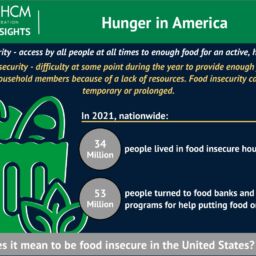
More than 34 million people in the United States were living in food insecure households in 2021, a decline from 38 million in 2020. The combination of the expanded child tax credit, Supplemental Nutrition Assistance Program benefits, and private donations all contributed to reducing food insecurity during the pandemic. Still there is much more work to be done, with food costs spiking 11.4%, the largest annual increase since 1979, inflation factors could easily cause food insecurity to grow.

NABP Associate Executive Director Josh Bolin on DSCSA compliance prior to FDA moving compliance deadline.

How is a charitable pharmacy different from other types of pharmacies?
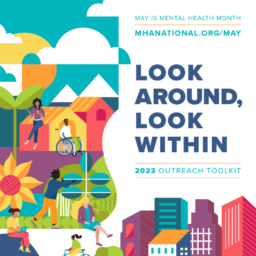
This toolkit, comprised of fact sheets, worksheets, sample communications materials, and sample social media is designed to help aid how you support your own mental health journey, along with your community’s.
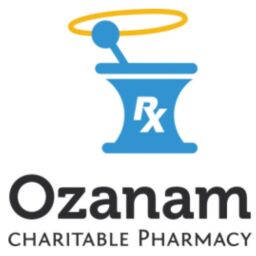
Charitable Pharmacies of America organization member receives Health Equity grant
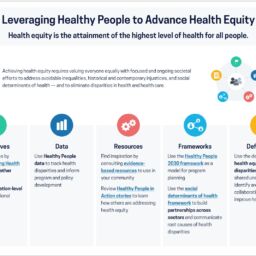
Healthy People 2030 Leveraging Healthy People to Advance Health Equity Health equity is the attainment of the highest level of health for all people. “Eliminate health disparities, achieve health equity, and attain health literacy to improve the health and well-being of all.”
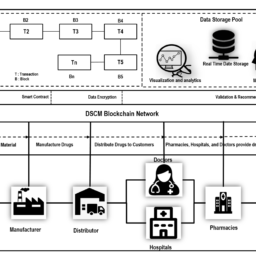
FDA approves 1 Year delay of Track & Trace requirements
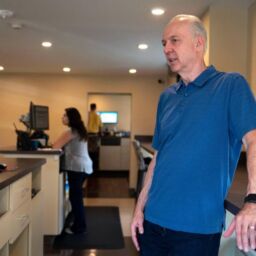
‘Unbelievably good price’: KC-area pharmacy dispenses bargain medicine — and hope Go to article
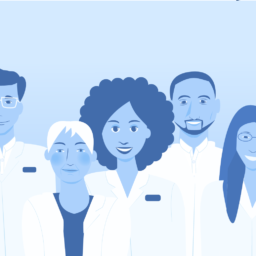
The Outcomes of Implementing and Integrating Comprehensive Medication Management in Team-Based Care: A Review of the Evidence on Quality, Access and Costs, December 2023
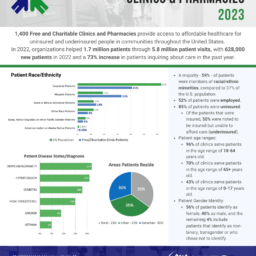
Want to learn more about Free and Charitable Clinics, Charitable Pharmacies and the medically underserved?

The pharmacy industry sees at least five changes

St. Vincent de Paul Charitable Pharmacy offers article regarding impact of a charitable pharmacy on their community and patients

Starting Sept. 25, Americans can again order free COVID-19 tests through the federal government.
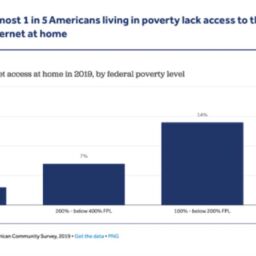
The term digital divide is defined as the differences
of economic and social inequality in both access and usage of ICTs. 2, 3 Some population groups that are
affected by the digital divide include uninsured, at or below 300% of the Federal Poverty Level (FPL), lack
of internet access, etc

